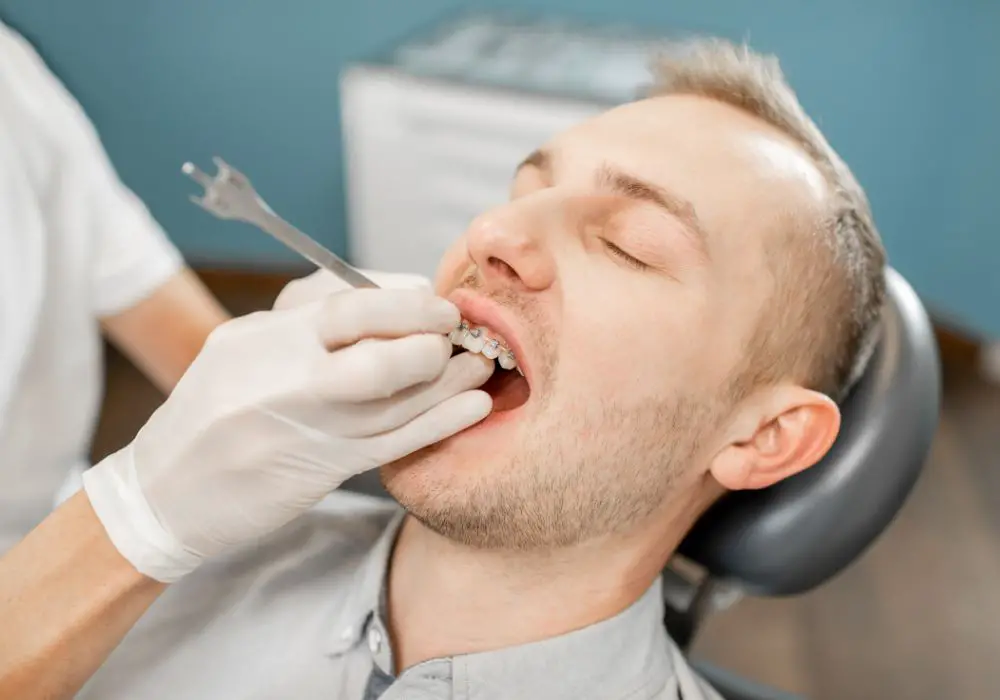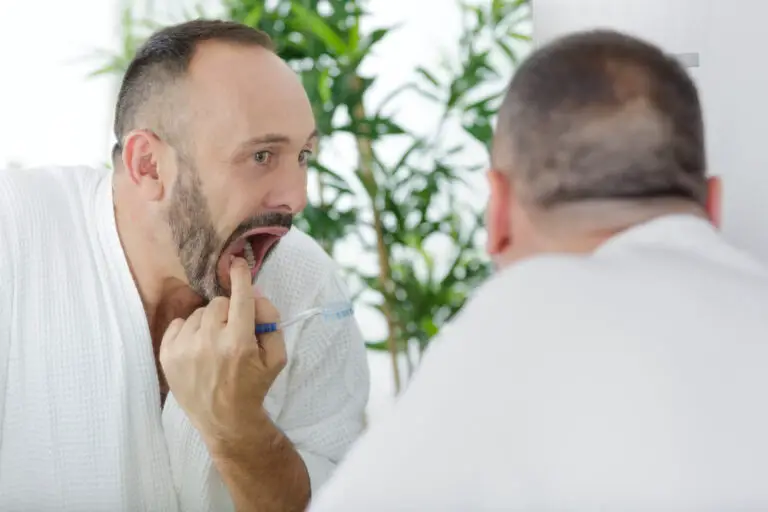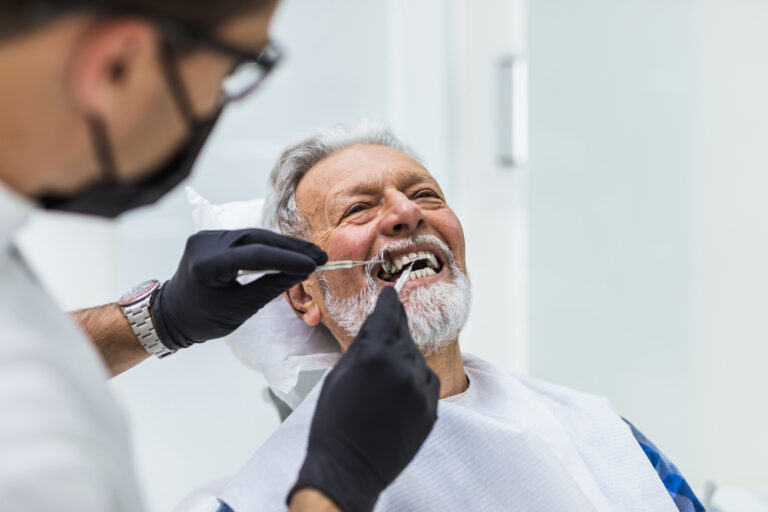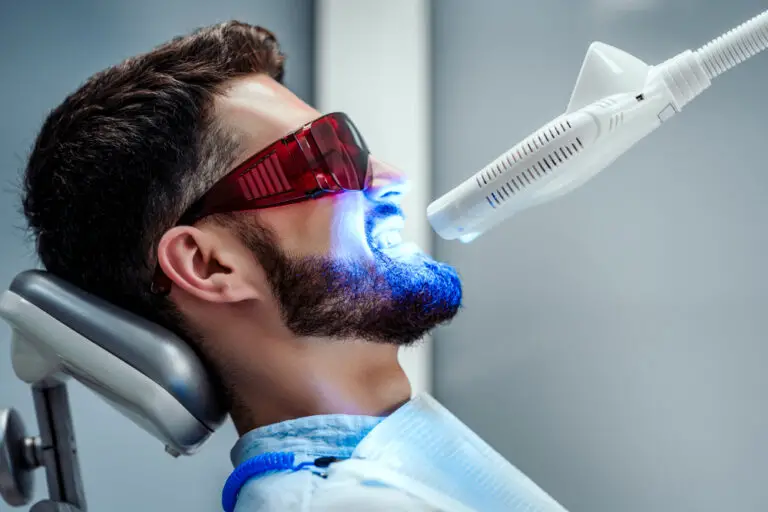The Allure and Origins of Vampire Fangs
For centuries, vampires have captivated popular imagination through folklore, literature, and film. With their ghoulish pallor, nocturnal habits, and thirst for human blood, vampires represent many primal human fears. But one of their most iconic features is their mouths full of glistening fangs. These elongated razor-sharp teeth evoke our instinctual anxieties around predation and vulnerability.
In fact, the vampire’s oral trademark can be traced back to vampire bats, which inspired much ancient vampire lore. Vampire bats do feed on blood and have specialized incisors to painlessly puncture skin. Of course, human vampires are fictional, but our morbid fascination with their mouthful of fangs persists.
In contemporary times, vampire teeth hold a certain edgy cosmetic appeal. As supernatural creatures have become romanticized in pop culture, the vampire “look” has inspired trends like fang dental implants, clip-on novelty fangs, and enamel stains to simulate blood.
However, some individuals are cursed with naturally occurring dental characteristics that give them an unwanted vampiric bite – pointy canine “fangs” that protrude prominently. What causes these fangs, and can orthodontics come to the rescue?
Causes of Protruding Fang-Like Teeth
Abnormally long, pointed canine teeth can arise for a variety of reasons:
Genetic Predisposition
In some cases, an enhanced version of the standard “vampire gene” is to blame. Human canine teeth normally have a rounded edge and slight point to enable biting and tearing food. But certain populations tend to inherit teeth on the sharper end of the spectrum.
For example, the fangs of the Sabercats, an ancient feline species, evolved specialized elongated canines. Some human populations that interbred with archaic species may carry traces of genetic variations selected for more pronounced fangs.
Environmental Impact on Tooth Position
Certain environmental factors can also gradually alter tooth position over time, resulting in a disproportionately sharp, fang-like appearance of the canines:
Mouth Breathing Habits
Chronic mouth breathing encourages improper tongue posture, which can narrow the palatal arch and create protruding canines with associated gaps. The constant open-mouth posture dries the oral tissues, further exacerbating malocclusion problems.
Prolonged Digit Sucking
While pacifier or finger sucking behaviors are normal for infants and toddlers, extending the habit past age 5 can create narrower arches. The excessive forward pressure on the front teeth pushes them outward, allowing canines to flare and sharpen.
Clenching and Bruxism
Chronic teeth clenching and grinding wears down the edges of teeth over time. This gradually sharpens the points of canine cusp tips in particular, as they bear significant grinding force. The tapering from abrasion can elongate the canines and make them overly prominent.
Missing Molars
When back molars are lost prematurely due to decay or extraction, it allows the canine roots to shift forward and elongate. Lack of opposing occlusion enables canines to flare out more dramatically into pointed fangs.
Malformed Teeth
In rarer cases, developmental disorders directly impact tooth shape and lead to atypically long fangs:
- Ectodermal Dysplasia – This genetic disorder interferes with normal tooth development, causing missing teeth and narrow, pointy conical teeth.
- Cleidocranial Dysplasia – A birth defect affecting collarbone and facial bone growth that often results in protruding abnormal teeth.
Impact of Protrusive Vampire-Like Teeth
A mouth full of excessively long, pointed canine teeth can negatively impact quality of life and require orthodontic intervention. Problems associated with pronounced fang points may include:
Chewing and Biting Problems
Sharp, overlapping fangs disrupt proper bite alignment and make chewing difficult. Biting into foods becomes uncomfortable or impossible.
Irritation of Oral Tissues
Pointed cusp tips constantly rub against and poke into the gum tissues and insides of the lips. This traumatizes the soft tissues and causes redness, swelling, cuts, and sores.
Speech Impairment
Prominent rounded teeth with narrow gaps disrupt normal tongue posture, resulting in lisps, gaps, and whistle sounds during speech. This effects social confidence.
Hygiene and Decay Risk
Misaligned teeth with biting interference are harder to clean properly each day. Tight overlaps trap food, increasing plaque buildup and cavities. Gum disease risk escalates.
Social and Psychological Distress
Pointy protrusive front teeth significantly impact smile appearance and self-esteem. Bullying is common. Extreme “vampire teeth” can limit social opportunities and advancement.
Orthodontic Correction Options

Though genetic or environmental factors cause enhanced vampire-like fangs, today’s orthodontic techniques can transform even severe cases:
Traditional Braces
Stainless steel braces remain the gold standard for realigning protrusive fangs. By affixing brackets and archwires to anchor teeth, applying precision force over time encourages the desired movement into proper position. Average treatment time is 12-24 months.
Ceramic Braces
Ceramic braces offer the same corrective benefits as metal but with a more aesthetic tooth-colored or clear bracket material. Less visible for those concerned about appearances during treatment.
Clear Aligner Therapy
Popular clear aligner options like Invisalign correct vampire bites using a series of transparent custom trays changed out incrementally. Each aligner shifts the teeth further until the final ideal position is reached. Average treatment time is 12-18 months.
Gold Chains
Some orthodontists may utilize delicate gold chains attached to fangs to slowly pull them into line. This technique provides precise control over gradual canine movement.
Dental Filing
For mild cases with minimal misalignment, a dentist can manually file down and blunt sharp fang tips. However, this only addresses the tooth cusp appearance itself, not the bite alignment.
Dental Crowns
In more extreme cases, dental crowns fully cover and reshape fangs for a blunted, natural look. This option is more invasive but also gives the dentist maximum control over the final tooth form.
The Physical Process of Correcting Vampire Teeth
Fixing a frightening vampire bite requires time, dedication, and an experienced orthodontist. Here’s an overview of the detailed process:
Comprehensive Exam – The orthodontist will perform imaging tests like x-rays, scans, and molds to analyze jaw alignment, assess the gums and roots, and map out the precise tooth movements required.
Anesthetize and Prep – On brace installation day, the teeth are cleaned, etched, and anesthetized. Spacers or extractions may be required first to create room.
Bond Brackets – The small metal or ceramic brackets are firmly bonded to the front and back of each tooth with dental cement. Archwires are threaded between them.
Adjust and Tighten – Every 4-8 weeks, the patient returns for the orthodontist to assess progress and make adjustments. Archwires are changed out or tightened, and elastics may be added.
Retention Phase – After the teeth have stabilized in corrected alignment, the patient transitions to a retainer phase to hold their position. Regular retainer wear is vital going forward.
The total treatment timeline averages between 12-24 months depending on the initial overbite severity, compliance with orthodontic instructions, and any complicating factors. But the long-term gain of a healthy, radiant smile free of vampire fangs is well worth the journey.
Adult Correction Considerations

While teenage years are the most common phase for orthodontic treatment, more and more adults seek to resolve tooth flaws like vampiric bites later in life. However, adult correction presents additional considerations:
- Extended Treatment Time – Mature teeth shift more slowly in response to orthodontic forces. For optimal pace and tissue health, treatment may take 18-24 months.
- Higher Expenses – Many insurance policies only cover teen orthodontics. Adults must pay out-of-pocket for treatment costs, which often exceed $5000.
- Root Resorption Risk – The cement holding adult teeth roots in place weakens over decades of use. Meticulous radiographic monitoring helps minimize root damage.
- Aesthetic Options – Clear aligners or lingual (behind the teeth) braces allow adults to straighten teeth more discreetly. Porcelain indirect bonding hides brackets.
But for adults willing to invest the additional time and money, correcting lifelong dental issues like pronounced vampire fangs can provide huge dividends for smile aesthetics and self-confidence.
Maintaining Your Beautiful New Smile
Once orthodontic treatment successfully realigns and tames protrusive fangs, lifelong retention is critical for sustaining results. Without permanent retention, teeth gradually drift back toward old positions. Vital retention protocols include:
- Wearing retainers as directed, often nightly at first then tapering to periodic wear
- Attending all scheduled retainer adjustment appointments
- Seeing a general dentist regularly to monitor for shifting
- Using daily fluoride products to strengthen enamel
- Ceasing habits like thumb-sucking or teeth grinding
- Wearing athletic mouthguards to protect from sports impacts
Some patients may eventually require fixed retainers bonded behind the teeth for ongoing stability. But with proper long-term retention habits, your radiant new smile can shine on free of vampire fangs!
FAQ About Fixing Vampire Bites
How much do braces typically cost to fix severe vampire teeth?
With moderate to complex cases requiring 12-24 months of treatment, costs often range from $3,000-$7,000. Insurance may cover a portion if you qualify.
Can I correct just one protruding fang without full braces?
For the best long-term results, correcting any single misaligned tooth should involve full braces to align the overall bite. However, minor issues may potentially respond to subtle solutions like Invisalign or dental filing.
How can braces close the gaps left by extracting very sharp fangs?
Closing extraction spaces takes time. Each empty socket typically takes 4-12 months to fully close as the adjacent teeth are methodically brought together by the orthodontist.
Can clear aligner therapy work well to correct extremely elongated fangs?
In many instances aligners can successfully improve protrusive fangs. However, they do have limitations depending on precise bite issues. Consult an orthodontist about all options.
When are jaws too misaligned for braces alone to fix fangs?
Most protrusive teeth can be well managed by orthodontics alone. However, if the upper and lower jaws themselves are severely misaligned, orthognathic surgery may be recommended alongside braces for an ideal outcome.







